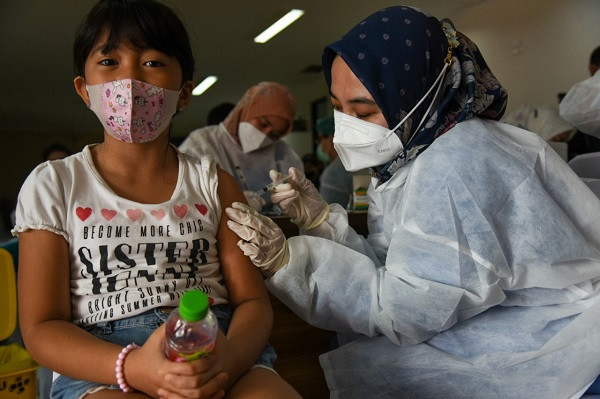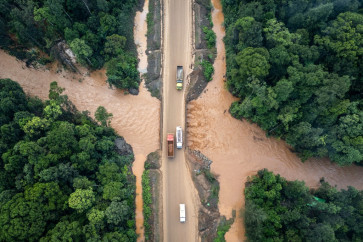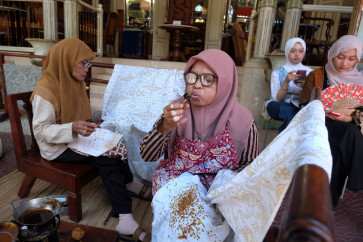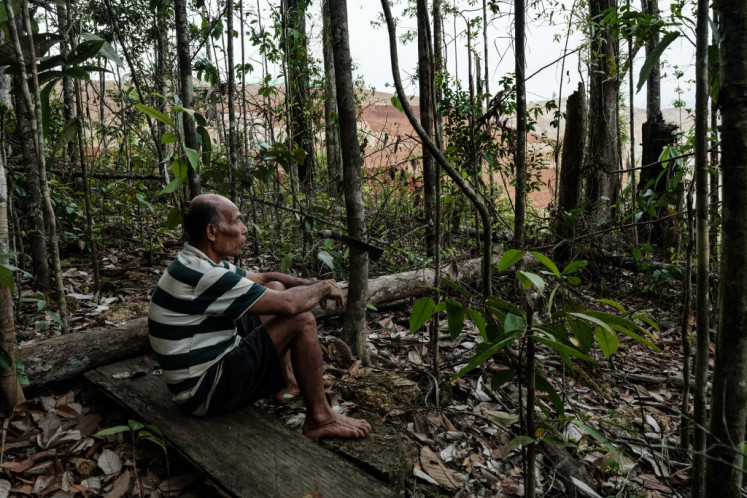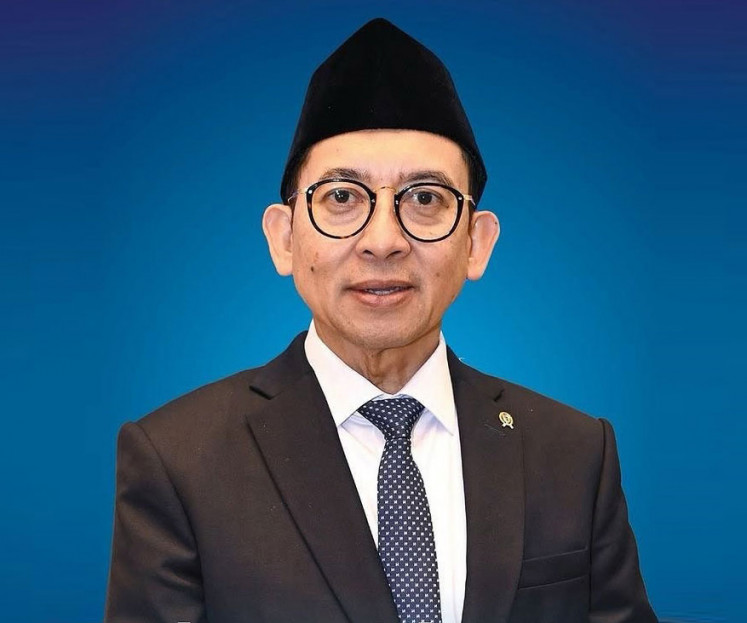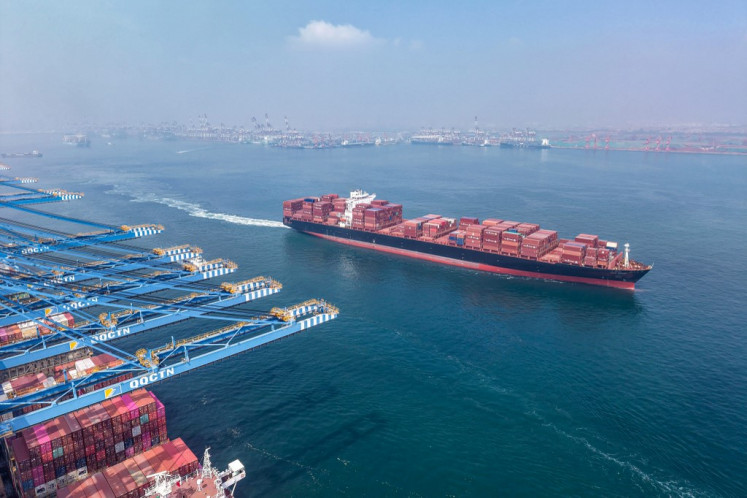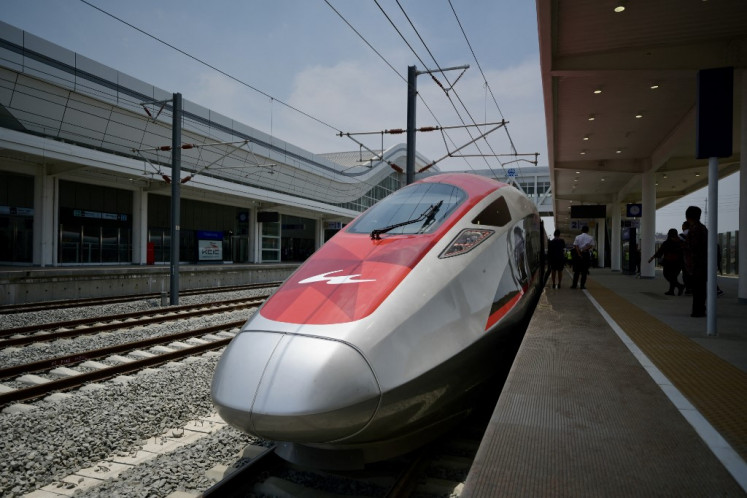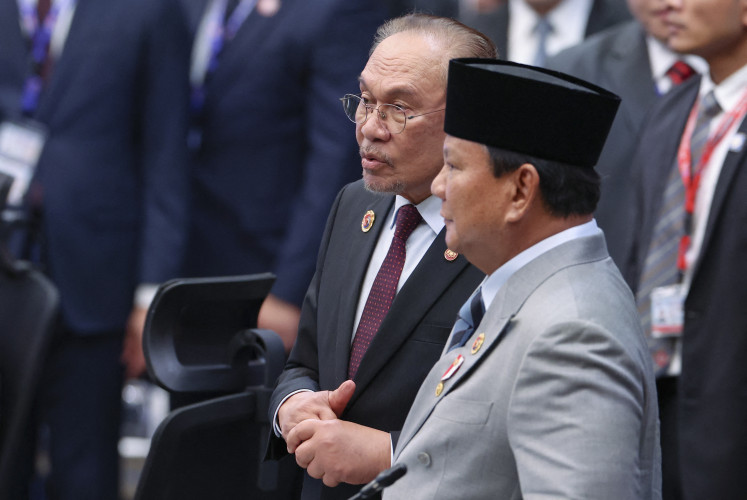Popular Reads
Top Results
Can't find what you're looking for?
View all search resultsPopular Reads
Top Results
Can't find what you're looking for?
View all search resultsStreamlining Indonesia’s pandemic warnings
Indonesia’s health systems work well at local level but cannot provide adequate nationwide pandemic warnings. For those, a new system is needed.
Change text size
Gift Premium Articles
to Anyone
I
ndonesia is home to more than a quarter of million people, spread across an archipelago made up of thousands of islands. This geographical reality is a double-edged sword. On the one hand, it makes it very difficult to ensure every citizen gets equal access to health services. On the other, during an epidemic the government can keep the disease from spreading throughout the archipelago – if it has the right early-warning system
Three things are essential for a pandemic warning system to work well: timely recording and reporting of symptoms; accurate diagnoses, supported by swift examination and confirmation of cases; and an efficient disease-tracing system.
Indonesia has several early warning systems. The Early Warning and Response System (EWARS) tracks 23 types of infectious disease, such as pneumonia and influenza-like iIllnesses, that can become epidemics or outbreaks. It gets its data from weekly puskesmas (community health centre) reports. To detect increasing cases, EWARS draws on a disease diagnosis and response algorithm and an algorithm for outbreak response.
However, a weekly report cannot flag outbreaks quickly, so in 2020 the Ministry of Health added an event-based surveillance feature intended to detect significant cases and report them to the government for immediate response. However, EWARS did not detect COVID-19 as soon as it should have. Another drawback is that EWARS is not fully linked with the hospital and laboratory information system.
Indonesia has numerous health information systems at a central and subnational level. In 2021 research company Reconstra undertook internet search mapping that identified at least 155 systems at central level. The Ministry of Health identified hundreds of systems, among them at least 77 at puskesmas level and 55 at hospital level.
To further complicate the picture, Indonesia’s decentralised system of governance allows regions to modify health systems to best suit local needs.
This large, fragmented health information system imposes an enormous workload on health workers at clinics and program managers in subnational offices. Data-entry personnel are scarce in Indonesia, so health staff are often required to enter data as part of their work.
Most health workers and program managers have multiple duties, from delivering services such as vaccination to administrative tasks such as budget paperwork to program implementation. Previous reviews have highlighted an urgent need for administrative staff trained specifically for the health information system.
Though there is no process for providing feedback on the speed and accuracy of recording and reporting, the overwhelming tasks of health workers and management staff appear to affect the timeliness and accuracy of the data-entry process. Data validation and verification are also suboptimal because program managers have a great deal of other work. Varied approaches to data capture also create difficulties. For instance, periodical disease prevalence is tracked by a three-year basic health survey, but the measles-rubella immunisation campaign used separate daily SMS-based reporting.
In this context, developing a new pandemic warning system will face many challenges. The new system will require political buy-in, appropriate infrastructure and capacity development of human resources. At transition, there must be no period when monitoring ceases. On the other hand, it will take years of effort, as well as enormous resources and full support from all programs, to integrate the existing systems or make them interoperable.
The new system needs to connect the most important pieces of the puzzle: examination of patients, treatment of patients and tracing disease spread. The government can assign responsibility for each piece. For example, health workers can focus on disease management and epidemiologists can assist the tracing system. To ease the burden on the government system, some processes can be completed in conjunction with other parties – for example, mass vaccinations can be carried out by doctors or health workers who do not work in government institutions.
Indonesia’s growing economy in the past decade has boosted urbanisation, subnational connectivity and population mobility, which all increase the potential for future outbreaks. Before the pandemic, Indonesia was establishing the world’s biggest single-payer health insurance scheme, eventually achieving close to universal health coverage. In recent decades, the country has also increased average life expectancy, reduced infant mortality and launched better family planning initiatives that have halved the fertility rate.
COVID-19 may be threatening some of these achievements. As the country recovers, Indonesia needs to allocate resources to building a better warning system for future pandemics.
---
The writer is a lecturer-researcher at the Public Health Research Centre, University of Indonesia. His work focuses on statistical modelling, survey design and analysis. He has received funding from DFAT Australia.
Originally published under Creative Commons by 360info™.

